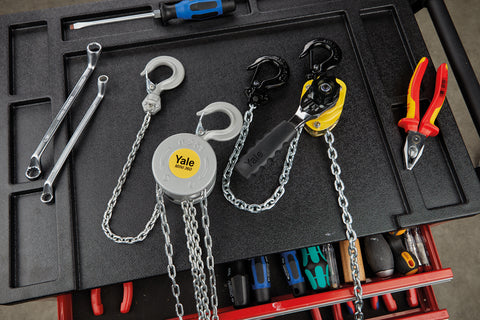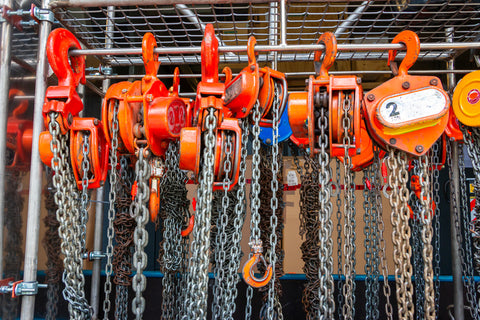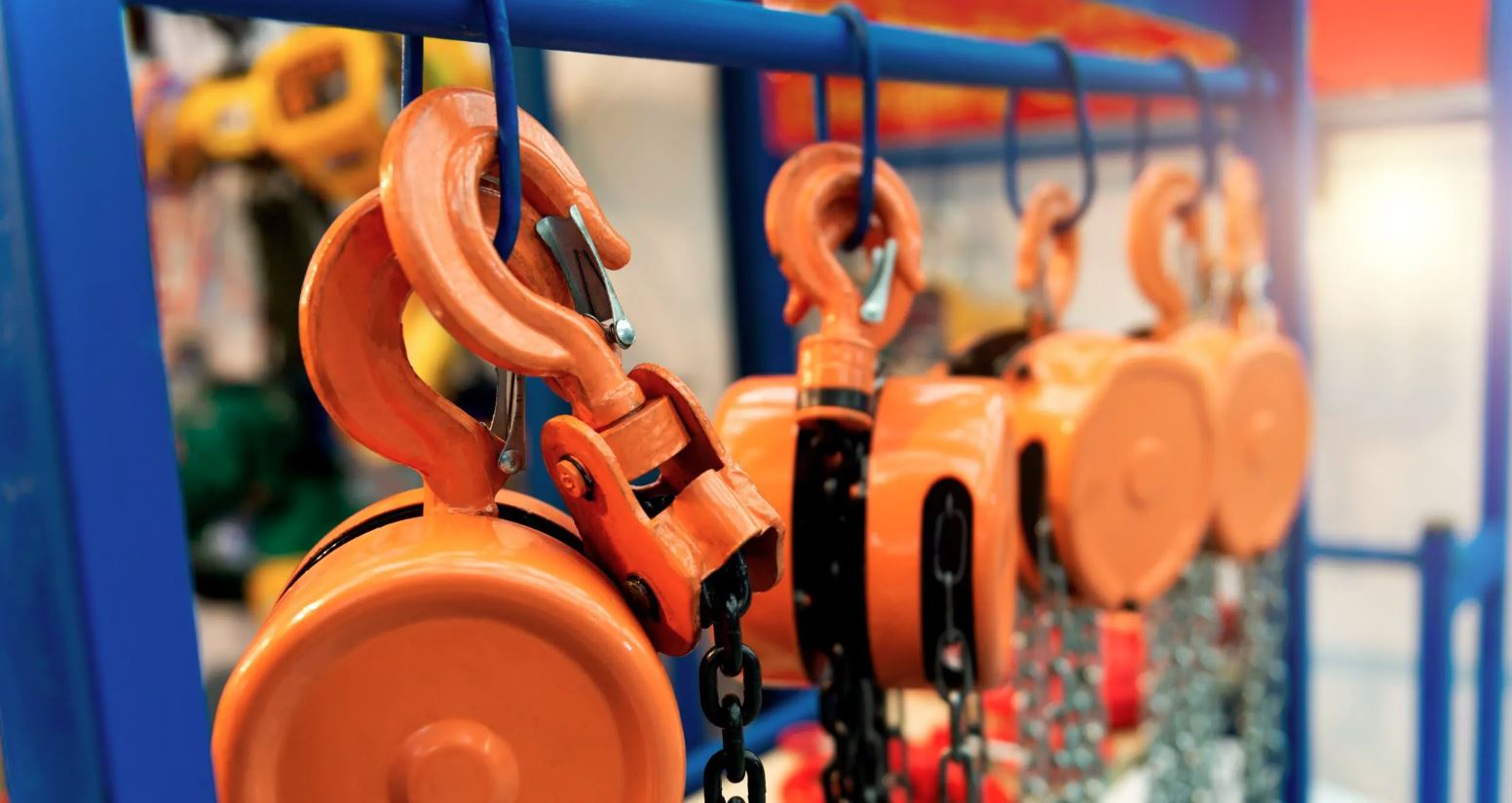Quality Chain Blocks For Safety
The Chain block is an essential tool in various industries, providing a reliable and efficient means of lifting and moving heavy loads. Whether you are in construction, manufacturing, or even a DIY enthusiast, understanding the basics of chain blocks is crucial for safe and successful lifting operations.

Understanding the basics of chain blocks
What is a chain block?
A chain block, also known as a chain hoist, is a mechanical device used for lifting heavy loads by applying force through a chain. It consists of a chain, a set of pulleys, and various components that enable smooth and controlled lifting.
Key components of a chain block
Chain blocks typically have key components such as hooks, load chains, gears, and braking mechanisms. Hooks provide a secure attachment point for lifting objects, while load chains are made of high-strength steel and carry the load weight. Gears and braking mechanisms ensure controlled lifting and prevent the load from slipping.
Each component of a chain block plays a crucial role in ensuring the safety and efficiency of the lifting process. The gears allow for the transmission of force, multiplying the input force to lift heavy loads with ease. The braking mechanisms are designed to engage automatically in case of a sudden drop in the load, preventing accidents and ensuring the safety of the operators.
Different types of chain blocks
Manual chain blocks
Manual chain blocks are the most common type of chain blocks and are operated by hand. They are reliable, cost-effective, and ideal for light to medium-duty lifting tasks. Manual chain blocks are suitable for various applications, including construction, workshops, and maintenance work.
One of the key advantages of manual chain blocks is their simplicity and ease of use. They do not require any power source other than human effort, making them highly portable and versatile. Manual chain blocks are often preferred in situations where access to electricity or hydraulic power is limited, such as outdoor construction sites or remote locations.

Electric chain blocks
Electric chain blocks, powered by electricity, offer a more efficient lifting solution for heavier loads. They are equipped with electric motors that provide the necessary power for lifting operations. Electric chain blocks are commonly used in factories, warehouses, and construction sites where frequent lifting is required.
One of the key features of electric chain blocks is their ability to provide consistent and controlled lifting operations. The electric motors ensure smooth and precise lifting, reducing the risk of sudden movements or jerks that can occur with manual chain blocks. This makes electric chain blocks particularly suitable for lifting delicate or valuable loads that require extra care.
How chain blocks work
The mechanics of lifting
When a chain block is operated, force is applied to the load chain, causing it to wrap around the gears and lift the load. As the load is lifted, the gears rotate, and the load chain moves through the pulleys. This mechanical advantage allows the operator to lift heavy loads with less physical effort.
Chain blocks come in various sizes and weight capacities to cater to different lifting needs. The design of the gears and pulleys in a chain block is crucial for its efficient operation. The gears are usually made of durable materials such as steel to withstand the heavy loads they lift, while the pulleys are strategically placed to guide the load chain smoothly during lifting.
Safety mechanisms in chain blocks
Chain blocks are designed with various safety features to ensure the protection of both the operator and the load. These safety mechanisms include overload protection, which prevents the chain block from lifting loads beyond its capacity, and load brakes that automatically engage when the lifting operation is stopped or when the load is static.
Additionally, chain blocks often have a safety latch on the hook to secure the load during lifting and prevent accidental slipping. Regular maintenance and inspections are essential to ensure that these safety features are functioning correctly and that the chain block is in optimal working condition for safe lifting operations. To help our clients stay informed and trained, we offer our online Safety Awareness Course.

Selecting the right chain block
Determining your lifting needs
Before selecting a chain block, it is crucial to assess your lifting requirements, including the weight of the load and the height to be lifted. It is essential to choose a chain block with the appropriate lifting capacity and lifting height to ensure safe and efficient operations.
When considering the weight of the load, it is important to account for any potential future increases in load size or weight. Selecting a chain block with a slightly higher lifting capacity than your current needs can provide flexibility for any future requirements, avoiding the need for frequent replacements or upgrades.
Evaluating chain block quality and safety features
When purchasing a chain block, quality and safety should be top considerations. Look for chain blocks that comply with international safety standards and have undergone rigorous testing. Consider features such as load limiters, corrosion resistance, and ease of maintenance to ensure a reliable and long-lasting chain block.
Additionally, it is advisable to check for certifications or accreditations from reputable organisations that validate the quality and safety standards of the chain block. These certifications can provide assurance that the product has been manufactured to meet specific criteria and has passed stringent quality checks.
By understanding the basics, types, and working principles of chain blocks, you can make informed decisions when it comes to selecting and operating these valuable lifting tools. Remember, safety should always be a priority, and regular maintenance and inspections are crucial to ensure continued performance and longevity of your chain block.

